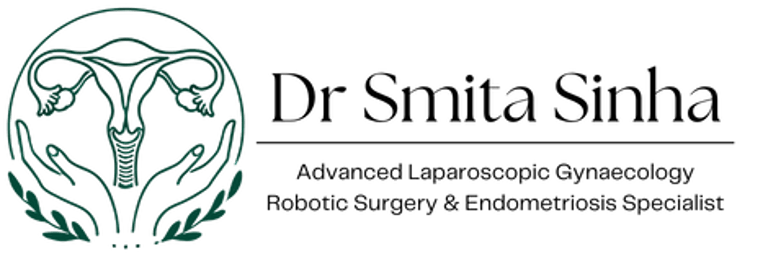Endometriosis and Fertility: Why Early Diagnosis Matters
Endometriosis and Fertility are closely connected. Early diagnosis helps protect reproductive health and improve your chances of conceiving naturally.
Dr. Smita Sinha
10/13/20254 min read
Endometriosis and Fertility: Why Early Diagnosis Matters
For many women in their 20s and 30s, painful periods are dismissed as “normal.” But what if they’re not? If you're experiencing intense cramps, fatigue, or other unexplained symptoms during your menstrual cycle, it might be time to look deeper. One condition that often goes undiagnosed for years—but can have serious consequences for fertility—is endometriosis.
This article explores the critical connection between endometriosis and fertility, and why catching it early could make all the difference for your future reproductive health.
What Is Endometriosis?
Endometriosis is a chronic condition where tissue similar to the lining of the uterus grows outside of it—on the ovaries, fallopian tubes, bowel, and other pelvic organs. These patches respond to hormonal changes during your menstrual cycle, just like the uterus lining would, leading to bleeding, inflammation, and pain.
It affects an estimated 1 in 10 women of reproductive age, yet it's often misunderstood, underdiagnosed, and brushed off as “just bad period pain.”
You Don’t Always Need Surgery
Some people assume that treating endometriosis always involves surgery. But this isn't always true.
Depending on your symptoms and fertility plans, treatment options may include:
Symptom tracking: Using period-tracking apps to monitor patterns.
Hormonal therapy: Such as oral contraceptives, progestins, or GnRH agonists to manage growth.
Lifestyle adjustments: Diet, stress reduction, and gentle exercise can help reduce inflammation.
Fertility planning: For those considering future pregnancies, strategies like egg preservation or referral to a fertility specialist may be advised.
What Are the Red Flags to Watch Out For?
If you’re in your 20s or 30s, don’t ignore these signs:
Severe menstrual cramps that interfere with daily life
Pain during sex
Painful bowel movements or urination during your period
Chronic fatigue
Trouble conceiving after 6–12 months of trying
Even if you're not planning a family yet, these symptoms are your body’s way of asking for help. Early diagnosis not only protects your fertility—it protects your whole-body health.
📞 Need Help?
To speak with a compassionate and experienced specialist, contact Dr. Smita, Consultant Gynaecologist at KPJ Selangor Specialist Hospital, Shah Alam.
💬 WhatsApp us at +60165833302 to book an appointment and get the personalised care you deserve.


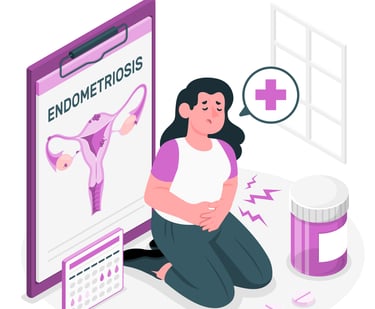

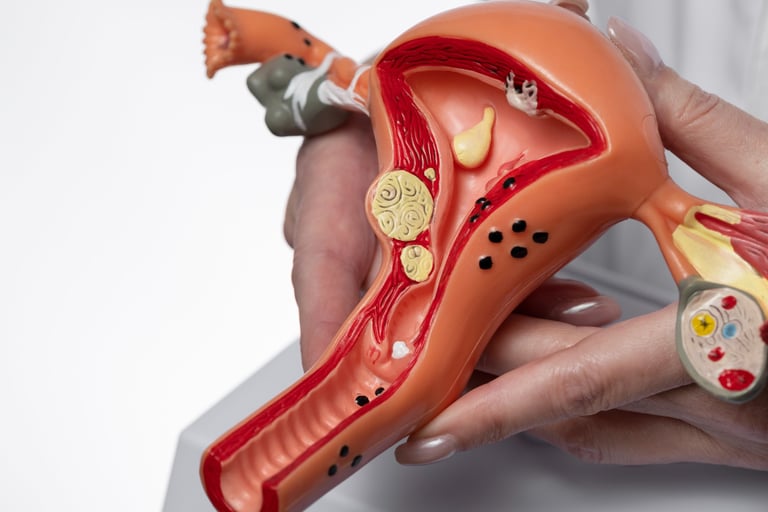

Why Early Diagnosis Is So Important
The earlier endometriosis is diagnosed, the better the chances of managing the disease and preserving fertility. Unfortunately, the average time from symptom onset to diagnosis is around 7 to 10 years.
Here’s why early diagnosis matters:
Preserve ovarian function
The longer inflammation continues, the more damage it can cause to the ovaries and eggs. Identifying endometriosis early helps prevent long-term harm.Reduce chronic pain and complications
Timely treatment can reduce day-to-day symptoms, improve quality of life, and prevent progression to severe stages.Support fertility planning
Knowing you have endometriosis allows you to explore options like egg freezing, hormonal therapy, or targeted lifestyle changes early on.Avoid unnecessary treatments
Delayed diagnosis often leads to multiple rounds of ineffective treatments. Early detection allows a more tailored approach to your symptoms and goals.
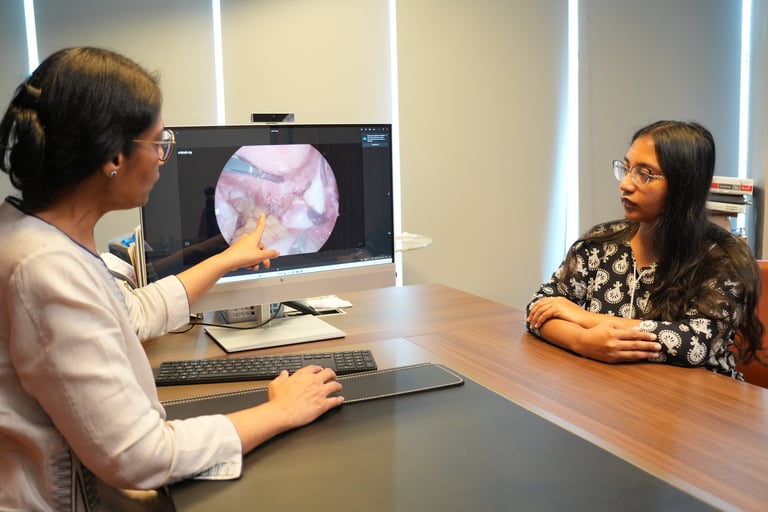

When to See a Doctor
If you suspect endometriosis, it’s essential to see a gynaecologist who takes your symptoms seriously and has experience with managing endometriosis. Don’t wait until you’re actively trying to conceive or until the pain becomes unbearable.
A combination of symptom history, pelvic exams, imaging (like ultrasound or MRI), and in some cases diagnostic laparoscopy may be used to confirm the diagnosis.
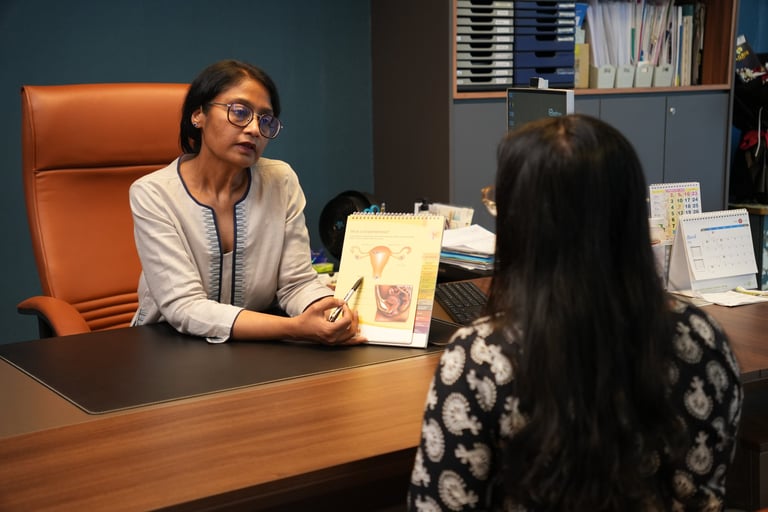

When endometriosis is left untreated, the ongoing inflammation can cause:
Scarring and adhesions: These are bands of fibrous tissue that can distort pelvic anatomy, affecting the fallopian tubes and ovaries.
Blocked fallopian tubes: Making it harder for the egg and sperm to meet.
Ovarian damage: From cysts known as endometriomas that may form on the ovaries.
Egg quality concerns: Chronic inflammation may impact ovarian reserve and egg health.
Research shows that 30% to 50% of women with endometriosis may face fertility challenges—but this doesn't mean natural pregnancy is impossible. It means timing and appropriate medical support are crucial.
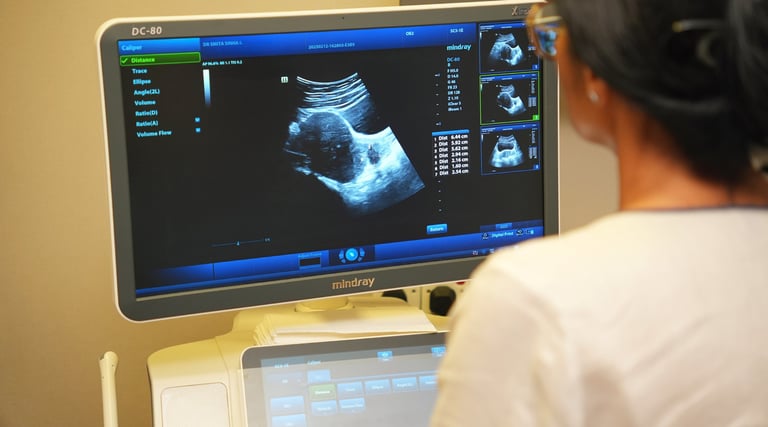



How Endometriosis Affects Fertility
Contact Us
Clinic: +60355433285
Whatsapp: +60165833302
Email: smitaobgyn@gmail.com


Why Us?
About Us
Services
Endometriosis
Robotic Surgery
Articles
